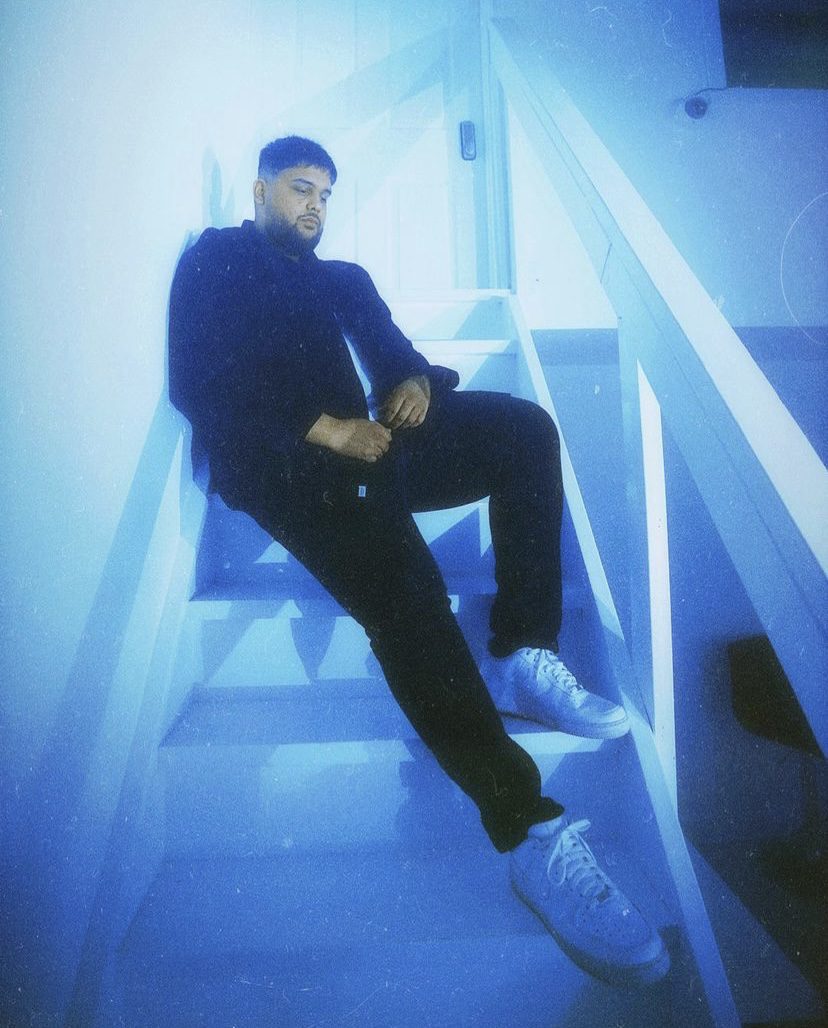
Animators are artists and so design the movement of their characters even if they’ve been studying a video. Animated movement can be heavily stylised even in a show as realistic as Arcane is. Even though I use reference video, I sometimes use still images for hand shapes, because it’s rarely possible to do a realistic performance while paying special attention to hand shape! What is different between the animation and the reference footage?Īnimated characters can move more quickly than their human counterparts can and also achieve perfectly balanced movement more often too. I’ve seen this mainly in cartoon style animation, where animators were looking for a graphic mouth shapes, head shapes, hand shapes, body postures etc. Some animators I know don’t use reference video as often but find still images to create the poses that they need. Either it’s too difficult to get everything right in one single take or it’s too dangerous (characters falling or fighting, for example).Ī final form of reference used in animation is still images.

The reason animators create Frankenstein video reference is because sometimes it’s too difficult to get a performance exactly as wanted. In a Frankenstein video reference, multiple videos are running simultaneously or one video may start a movement and another finish the movement.
Other animators may start by filming video reference but only refer to it occasionally, rather than using it for every keyframe.Īnother form of reference footage for animation is what I like to think of as a Frankenstein video. Animators who don’t need to follow reference extremely closely may start animating and then only do reference footage for parts of the animation they need it for. While I don’t agree that following reference closely is copying and pasting, I understand that following it too closely can be intolerable at times. Some animators dislike the usual way of using reference footage because it feels too much like copy and paste. After the major poses are in and have been approved, the animator takes more poses from the video reference and slowly describes the whole movement through images. Then the animator chooses major poses from the video and carefully positions their character accordingly. The video reference used in this workflow will usually look very close to what the animator intends to do in terms of acting, timing and movement. In the most common animation workflow for reference footage, the animator records themselves or someone they know performing a scene, then they study the poses, timing and movement of the resulting video.

Is there more than one way of using reference footage? Usually the more realistic an animator’s style is, the more they use reference footage. Some animators have their reference footage visible at all times while they animate and others only look at it occasionally. Simply put, video reference is used by animators to inspire and guide the animation they are working on. I’m not going to get into a debate about AI here in this article but let’s just say… I don’t welcome it. Animators have to stylise the movement they work on, so even if they use motion capture, they need to heavily edit the animations they work on. Maybe one day AI will take a more active role in feature animation but I doubt it will completely replace animators. I don’t currently know any animators in my industry that use AI to interpret reference footage for them. Animators usually don’t trace their reference footage and the final animation can sometimes look very different to the referenced video.Ī small note on artificial intelligence, because there are projects in early development that aim to use AI to turn video footage into motion data without the help of motion capture suits. Reference footage isn’t the same as motion capture and doesn’t provide any 3D data that can manipulate a character directly. Reference footage for animation comes in two main varieties videos that an animator records themselves and videos that an animator gets from somewhere else (eg a stock video website).

Just as an artist might look at a photograph while painting a portrait, many animators look at video reference footage while animating.


 0 kommentar(er)
0 kommentar(er)
